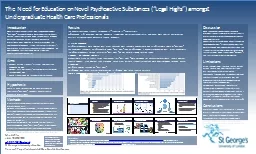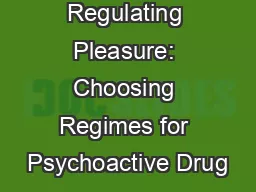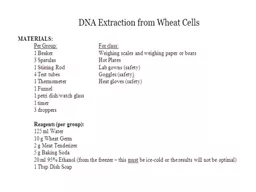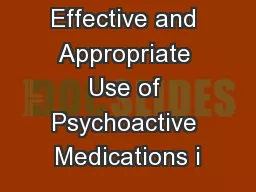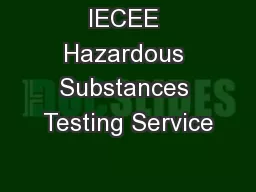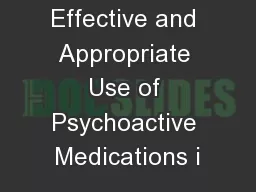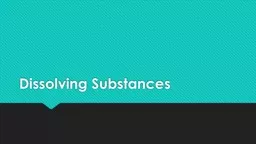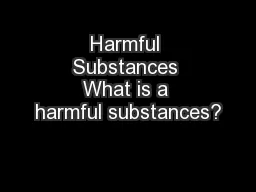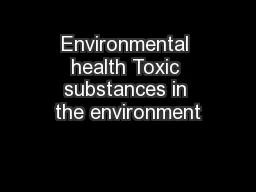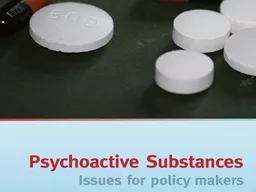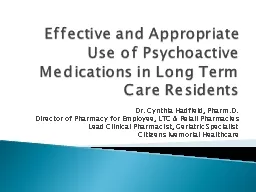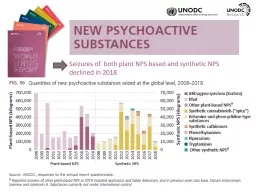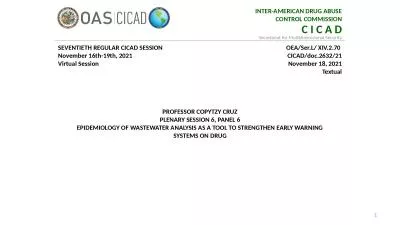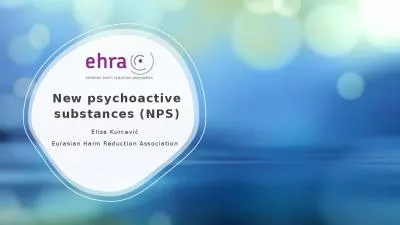PPT-The Need for Education on Novel Psychoactive Substances (
Author : min-jolicoeur | Published Date : 2016-10-31
Safia Akhtar 44 7867507019 m1001132sgulacuk St Georges University of London Research Project for Intercalated BSc in Basic Medical Sciences Introduction Novel
Presentation Embed Code
Download Presentation
Download Presentation The PPT/PDF document "The Need for Education on Novel Psychoac..." is the property of its rightful owner. Permission is granted to download and print the materials on this website for personal, non-commercial use only, and to display it on your personal computer provided you do not modify the materials and that you retain all copyright notices contained in the materials. By downloading content from our website, you accept the terms of this agreement.
The Need for Education on Novel Psychoactive Substances (: Transcript
Download Rules Of Document
"The Need for Education on Novel Psychoactive Substances ("The content belongs to its owner. You may download and print it for personal use, without modification, and keep all copyright notices. By downloading, you agree to these terms.
Related Documents

